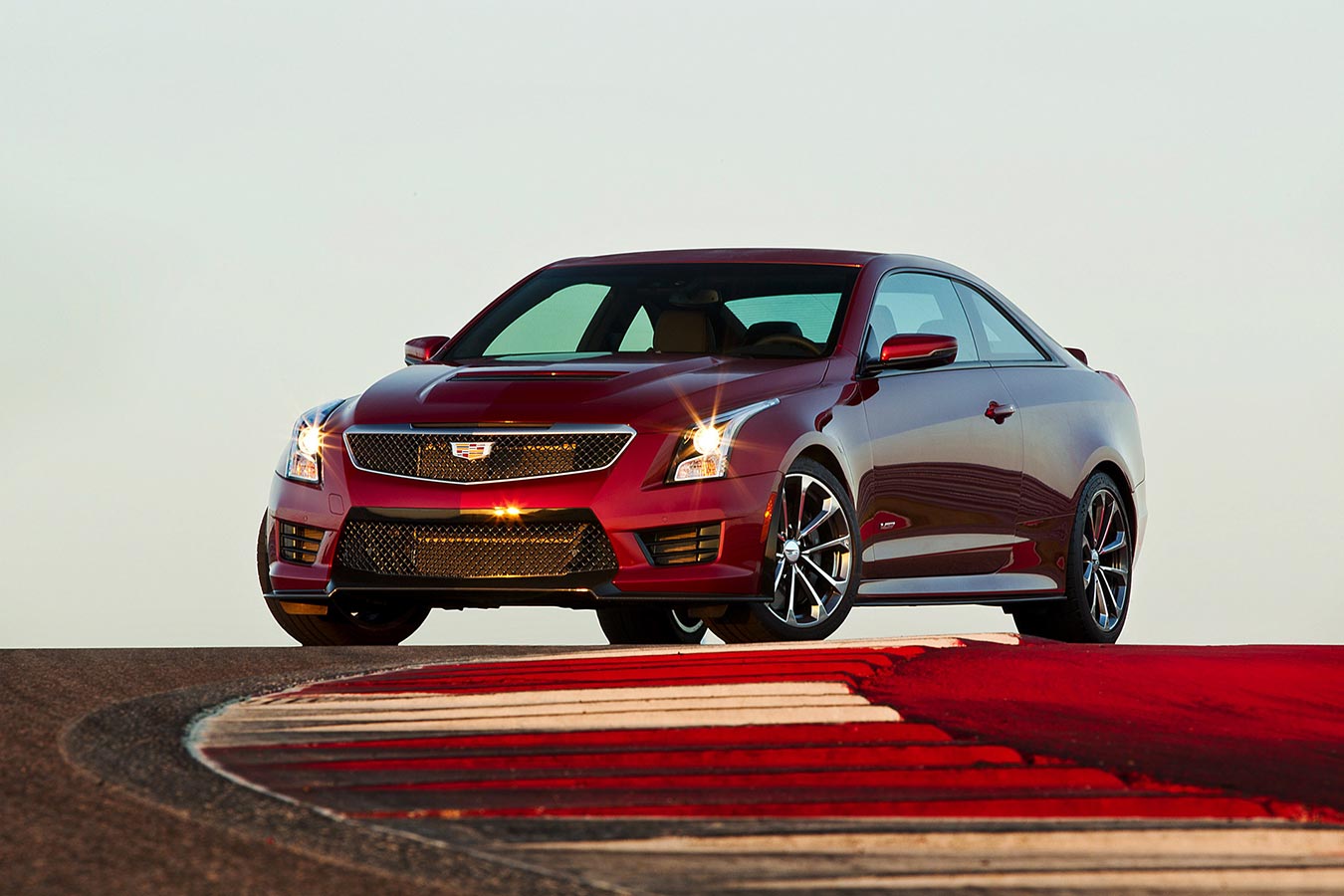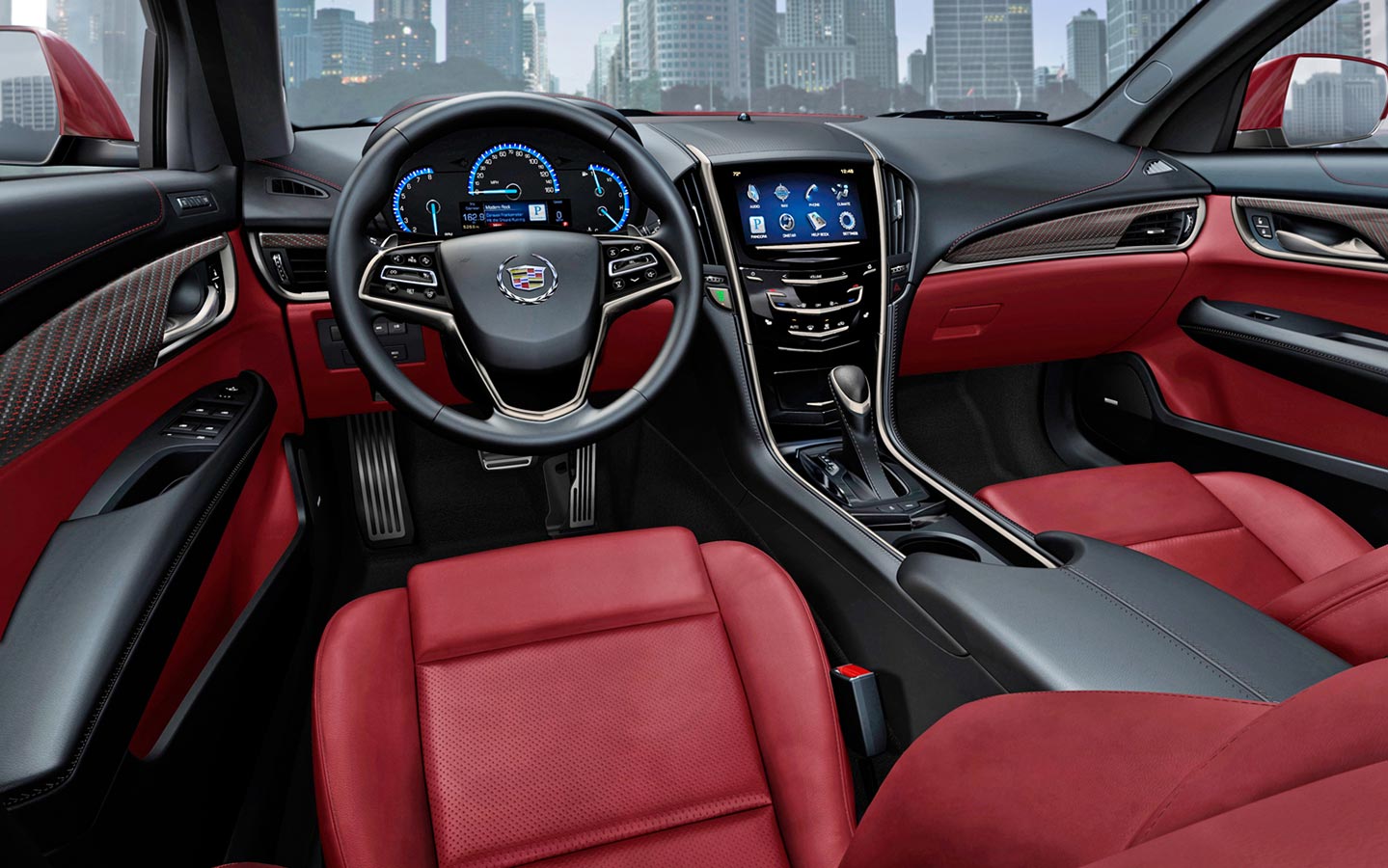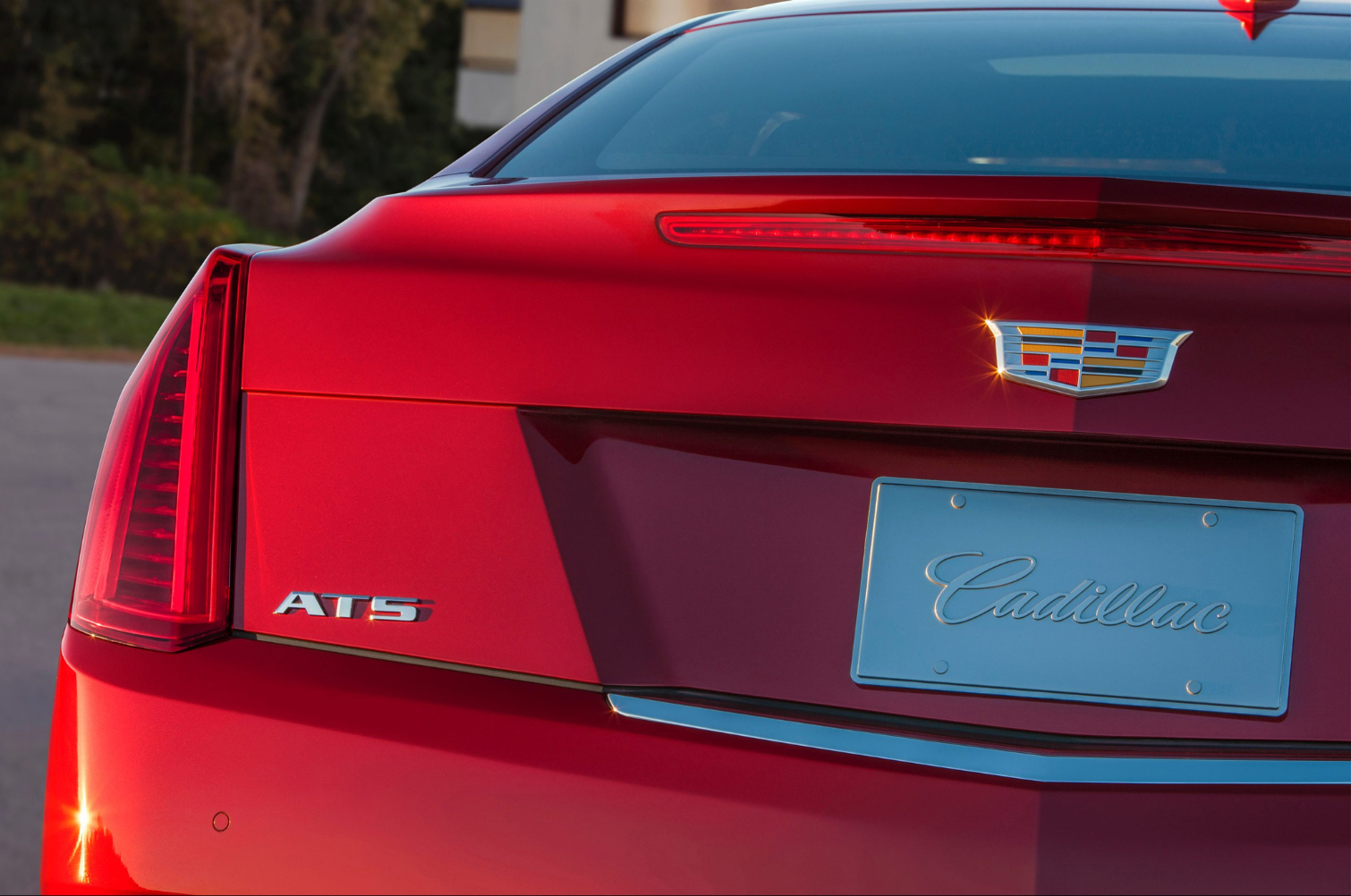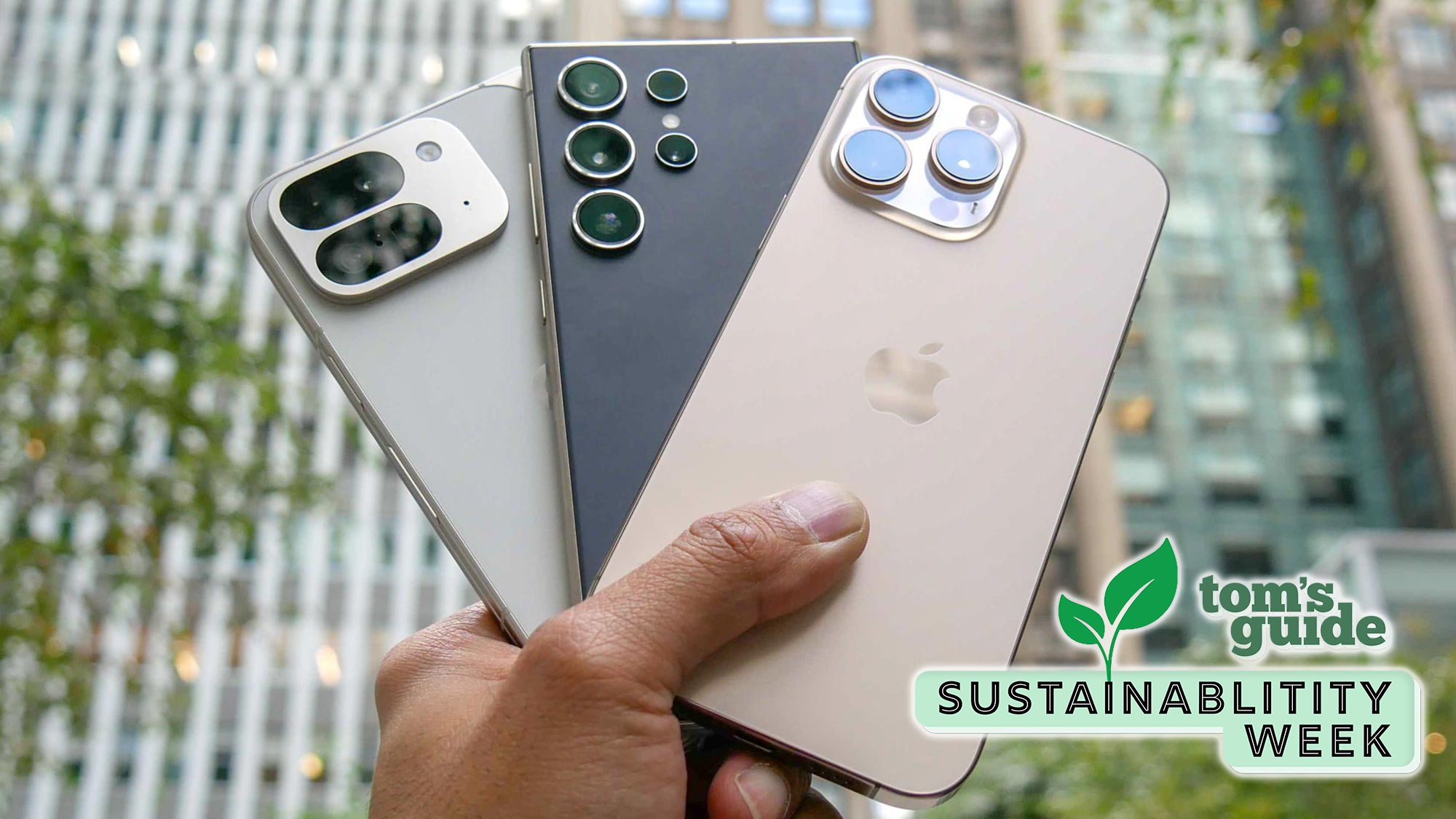2016 Cadillac ATS Coupe Review: Well Connected and Frisky
The Cadillac ATS is a very pleasant, comfortable drive. Everything from the seats to the color heads-up display make the driver's task lighter.

Full disclosure: My grandfather owned a Cadillac. Actually, a series of Cadillacs. Really. But being the land yacht brand for the AARP set is an image the carmaker has been vigorously trying to shake off for years. And with the 2016 ATS Coupe ($56,415 as tested), Cadillac is finally making some progress. Although it's mollified some of the earlier edgy, rude boy styling (the company referred to it as art and science), this certainly isn't my grandfather's Cadillac. It's a gutsy ride with an intelligent suspension system and an up-to-date in-dash system that includes CarPlay support for Apple fans.

In-Dash Tech
GM's vehicles are some of the most connected cars on the market. The company's OnStar service, which provides human help at the push of a blue button, has long been a standard-bearer in the industry. You get one full complimentary year of OnStar service, including automatic crash emergency assistance, and then subscriptions kick in starting at $19.99. It's an excellent, albeit pricey, service, and includes its own smartphone app, OnStar RemoteLink, for remote start, lock and unlock, and viewing information such as tire pressure and fuel levels. The Cadillac ATS also supports 4G data connectivity so that you can turn the car into a Wi-Fi hotspot for passengers. Prices range from $5 per month for 200MB to $50 per month for 5GB of data.

But you don't have to subscribe to OnStar to stay connected. Cadillac includes its own CUE (Cadillac User Experience) connected car system that works with smartphones and which GM unashamedly modeled after the iPad. The 8-inch touch-screen LCD system includes SiriusXM satellite radio, HD Radio and Bluetooth support for connecting phones. The early versions of CUE were a bit twitchy and overly reliant on the touch-screen controls. The updated version in the Cadillac ATS has ironed out a few of the kinks. The touch-screen controls work well, with proximity sensing that anticipates your taps, and haptic feedback so that you know when the system has recognized a command. It supports pinch-and-zoom and drag-and-drop moves to customize the layout of the screen. Icons are large and legible at a glance.
Support for Apple's CarPlay works smoothly.
There's still the issue of the volume control. The Cadillac ATS has an up/down bar located just below the screen. Stylistically, it's seamless with the rest of the chevron-themed design, but ergonomically, it's still weird. You can tap the silver bar to adjust volume in steps up or down, or touch the area above the bar and slide your finger across for up or down control. Both options are slow and imprecise, however, and I usually defaulted to the volume buttons on the steering wheel.
Support for Apple's CarPlay works smoothly. Plug in an iPhone 5 or later model, and the CarPlay option appears. It's simple, crisp and easy to read at a glance. Music options popped up quickly, and I was comfortable selecting a playlist, for example, without becoming distracted.
MORE: Apple CarPlay vs. Android Auto: Connected Car Face-Off
GM has said it will support Google's Android Auto as well, but it's not available yet. However, Android owners can enjoy one major convenience feature already in the Cadillac CUE system that iPhone owners can't: You can wirelessly stream Pandora to the dashboard from an Android phone. This may seem like a minor advantage, but when I was running errands and hopping in and out of the car, having my phone automatically connect and pick up my last song from where I left off — without taking the phone out of my pocket — was a major benefit.
Sign up to get the BEST of Tom's Guide direct to your inbox.
Get instant access to breaking news, the hottest reviews, great deals and helpful tips.
The car also has a hidden compartment behind the HVAC and volume controls for your phone. It includes a built-in wireless charger. It worked with a Samsung Galaxy S5, but it was too cramped to accommodate a Galaxy Note 5. I was barely able to squeeze an iPhone 6 in with the cord connected.
The adaptive cruise control tells you it sees a vehicle ahead by displaying a green car icon. Start tailgating, and the icon goes amber.
iPhone owners can use Apple's navigation or the built-in navigation of CUE, which has the advantage of not requiring a cellular connection. Most navigation tasks in CUE were met competently, but it did reveal a weakness far too common in connected cars these days: poor speech recognition. You can tune to radio stations with ease ("Tune to 101.5 FM") — but there's no true natural language recognition engine, so you're stuck parsing out specific commands, such as "destination," and then going through the address step by step. The system's limited understanding can be frustrating. "Park" came up as "Mark," "Clark" and just about every other rhyming variation, except for the target word.
Driving Tech
The main power plant for the standard ATS Coupe is a beefier 3.6-liter V6 engine with an 8-speed automatic transmission (paddle shifters included) and rear-wheel drive. The suspension is GM's magnetic ride control, similar to that on the vaunted Corvette, and stability and traction control help stick the car to the road. The rear-wheel arrangement makes for predictable handling (a good thing) and a more-than-spirited ride. You can push this coupe as hard as any foreign competitor on narrow backcountry roads and find yourself doing double the posted limit without feeling like you're driving on the ragged edge.

Stepping on the accelerator at highway speeds gives you a jump so that you can sluice around BMWs and Mercedes plodding along in the passing lane, all accompanied by a throaty exhaust that says something those other models don't: This is an American machine. There are three user-selectable driving modes: Tour, Sport and Snow/Ice. Tour mode is well suited to highway and casual city driving, but the Sport mode offered tighter steering, a little more immediate response on the throttle and less forgiving suspension. My only complaint is that the software in Sport mode went into a confused undulating, wavelike response to road conditions on two separate occasions. Switching in and out of the mode seemed to resolve the issue.
Stepping on the accelerator gives you a jump so that you can sluice around BMWs and Mercedes.
Cadillac has also put a moderate amount of driver-assist technology into the ATS, although you'll find more of that tech in top-of-the-line BMWs and Volvos. The ATS offers lane-keeping assist, which will turn the wheel slightly if it senses you aren't actively steering and are drifting over the line. In my tests, I found it would suddenly turn the wheel away from the line, making me feel, for a brief moment, as though I'd hit a patch of ice up front. Other systems vibrate ever so slightly while turning the wheel, which I prefer. The ATS system also is less skilled at guessing where the lane is going; when the white lines momentarily disappear, so does the green lane-keeping icon on the dash, indicating it will no longer correct your mistakes.

Cadillac also included adaptive cruise control in my test car, along with automatic braking to prevent or mitigate a front crash, and automatic braking in reverse should the system sense you're about to hit something behind you. The backup system along with the rear-view camera worked flawlessly. The adaptive cruise control with auto stopping tells you it sees a vehicle ahead by displaying a green car icon. Start tailgating, and the icon goes amber. The adaptive cruise control was adequate, but initiating it was awkward (a rocker bar on the steering wheel is not very intuitive), and it lacked a feature quickly becoming standard in this price range: the ability to start accelerating again by itself after a brief stop in traffic.
Overall, the Cadillac ATS is a very pleasant, comfortable drive. Everything from the seats to the color heads-up display make the driver's task lighter. Still, I'm looking forward to GM's plans to add more extensive semi-autonomous driving features next year in its Super Cruise package.
Drive It or Park It?
Power corrupts, no question about it, and the 335 horsepower of the ATS Coupe was enough to get my motor running. I enjoyed zipping around country roads and its mellifluous passing abilities on the highway. But, of course, it made me want more power. You can get it in the form of the V model with a 3.6-liter twin turbo engine that pushes the horsepower up to 464. That version burns out of the blocks to get from 0 to 60 in less than 4 seconds. But fully loaded, the ATS-V closes in on $80,000.
MORE: Connected Cars: A Guide to New Vehicle Technology
On the technology side, the ATS has enough features in its in-dash CUE system to keep iPhone owners happy, striking a happy medium between convenience and flexibility. I just wish it had a semi-autonomous traffic-stop-and-start feature.
2016 Cadillac ATS Coupe: The Vitals
Price as tested: $56,415 (not including destination fees).
Engine and drivetrain: 3.6-liter, 6-cyclinder engine with 8-speed automatic transmission and rear wheel drive.
Fuel rating: 20 mpg city/30 mpg highway, 24 mpg combined.
Connected-car system: CUE 8-inch touch-screen in-dash system.
Safety technologies: Rear-view camera, blind-spot warning, rear cross-traffic alert, parking assist sensors, front and rear auto braking.
Installed options: Bose sound system, power sunroof, adaptive cruise control.
John R. Quain has been reviewing and testing video and audio equipment for more than 20 years. For Tom's Guide, he has reviewed televisions, HDTV antennas, electric bikes, electric cars, as well as other outdoor equipment. He is currently a contributor to The New York Times and the CBS News television program.

